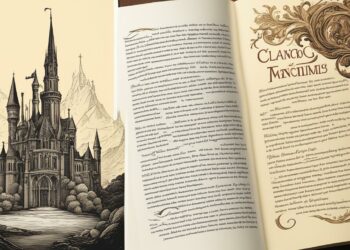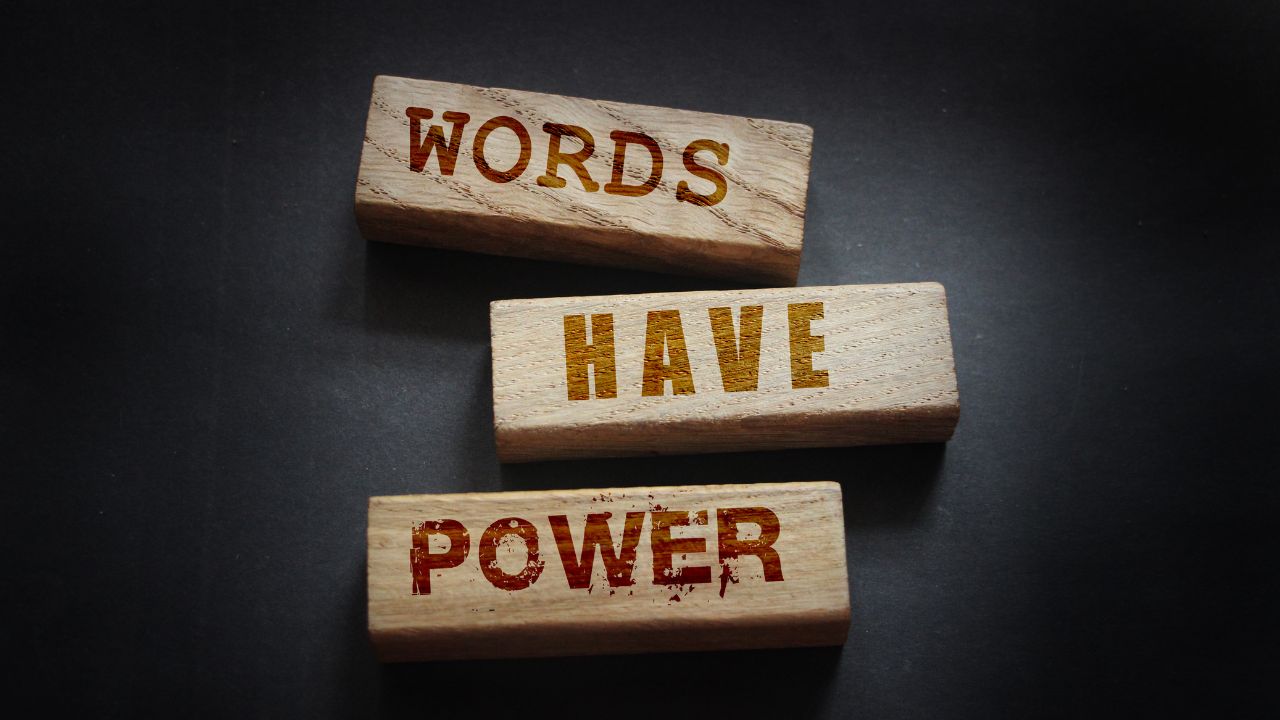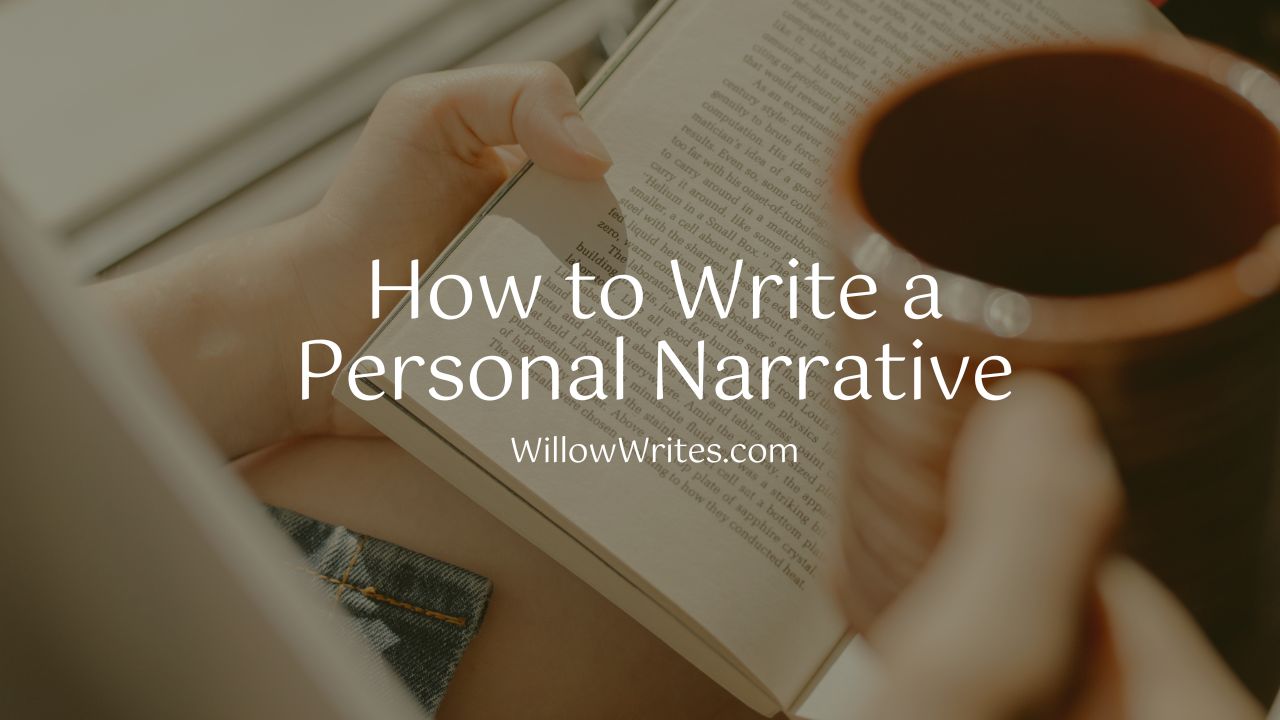The blank screen can be both a playground and a battleground for aspiring authors. You may be sitting there, brimming with incredible ideas but uncertain how to bring them to life on the page. You need a solid drafting process of writing that can help turn your nascent ideas into a finished, publishable book. Taking a cue from a popular YouTube video, let’s dissect the various stages of a proven drafting process that could very well be your key to writing success.
Step 1: The Brainstorm Document
What’s in a Name?
Starting a new project is always exciting, and that excitement often begins with naming your project. No, it doesn’t have to be the final book title, but a project name gives you something to refer to. A project name is a placeholder that makes your dream feel like a tangible reality.
The Mini-Blurb
After you’ve come up with your project name, it’s time to set down a mini-blurb at the top of your document. This includes:
- Project Name: Choose a project name that resonates with you.
- Genres: Decide on the genre or genres your book will fall under.
- Vibes/Themes: Think about the themes you want to explore. Is it love? Redemption? Struggle?
- Length: Estimate the length of your book, either in terms of word count or whether it will be a novella, novel, etc.
- One-Sentence Summary: Create a one-liner that sums up your book.
Your mini-blurb will serve as the North Star for your project, helping you stay on track as you brainstorm.
The Brain Dump
At this point, it’s time to flood your document with ideas. Don’t worry about organization. Open a new document and name it something like “Brain Vomit” or “Idea Dump.” This is where you jot down everything you can think of that’s relevant to your book—settings, characters, conflicts, dialogue snippets, and anything else.
Step 2: Place Plotting
Place plotting is the golden ticket to unlocking the potential of your story. It involves creating a list of settings that your characters might interact with. Think of the common or unique places relevant to your story: maybe a library for a bookworm protagonist, a graveyard for a horror tale, or an ancient temple for a historical thriller.
This technique is crucial for stitching your plot together. You start to picture what kinds of events could logically happen in these settings, giving your characters something to react to and driving your story forward.
Step 3: Writing the Zero Draft
The Zero Draft is not the First Draft; it’s what comes before that. This is a low-pressure writing stage where you tell the story to yourself. This is not the time for perfect prose or polished dialogue. Focus on the action and the basic dialogue that moves the story forward. The idea is to get your story out of your head and onto the paper.
Setting up Your Zero Draft
If you’re working with multiple screens or an iPad like the YouTuber, you can have your scene list (from the Place Plotting) on one screen and a blank document for your Zero Draft on the other. This way, you can continually refer back to your ideas as you write.
What to Focus on?
In the Zero Draft, focus on action and dialogue. This is not the place for in-depth descriptions or nuanced character inner monologues. Just write what happens. Joe goes here. Emily says this. They find that. Simple and direct sentences work best at this stage.
Why This Process Works
This drafting method is essentially a controlled brainstorm followed by a structured drafting process. You first unload your ideas without concern for order or logic. Then, you impose a skeletal structure through place plotting. Finally, you put meat on those bones with your Zero Draft. By the time you’re done, what started as a random collection of thoughts and ideas will have morphed into a coherent, compelling narrative.
Conclusion
Writing a book is no small feat. It requires planning, structure, and a dash of creative chaos. While this method doesn’t promise overnight success, it does offer a reliable pathway from idea to finished draft. Take the leap, start with that blank document, and let your creativity soar.
Resources
- Brainstorming Techniques – MindTools
- The Importance of Setting in Your Story – MasterClass
- What Is a Zero Draft – The Creative Penn
Happy Writing!











